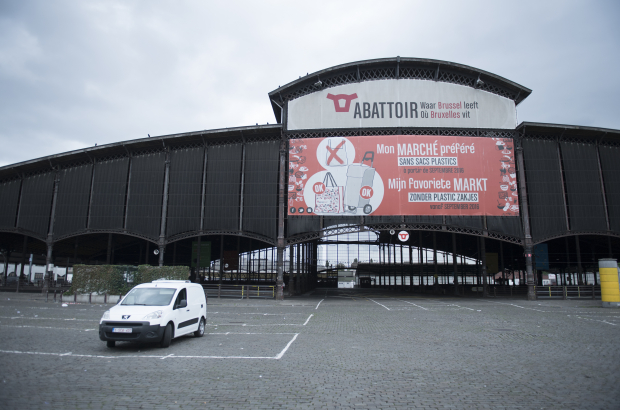- Daily & Weekly newsletters
- Buy & download The Bulletin
- Comment on our articles
Anderlecht's Abattoir becomes a beacon of solar power in Europe
The Abattoir complex in Brussels can call itself the owner of the largest installation of solar panels in a European city, now that 5,808 solar panels have been attached to its roof.
With the help of the start-up Skysun, and a €300,000 crowdfunding campaign that helped finance the project, the installation can now provide enough electricity to meet the need of more than 700 families. Skysun hopes that the project will set an example that will be followed by other European cities.
According to Thomas Dermine, federal state secretary for recovery and strategic investments, the installation of the solar panels on the roof of the slaughterhouse halls in Anderlecht is a textbook example of innovative investment. "And it gives citizens the opportunity to participate in the sustainable development of their neighbourhood," he added.
The Abattoir itself will consume a third of the electricity produced. The rest is injected into the network and therefore reserved for the public.
The solar panels together cover an area of about 12,000m², making the project the largest photovoltaic installation in Europe in an urban environment. The historic building has been protected at every stage and the installation has been carried out to ensure that no future damage is expected to be sustained.
Brussels energy minister Alain Maron is also satisfied with the makeover. "The halls regain their appearance of yesteryear, while at the same time they are part of the future,” he said.
“It is a clever achievement, which integrates large energy production into urban architecture. This project opens up new perspectives for the roll-out of photovoltaic energy in the region. It will help us to achieve the climate goals we have set ourselves: to become a carbon-neutral region by 2050."














